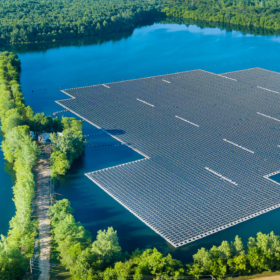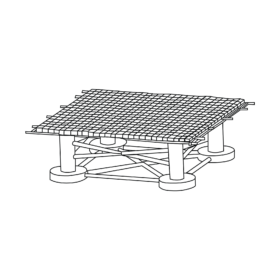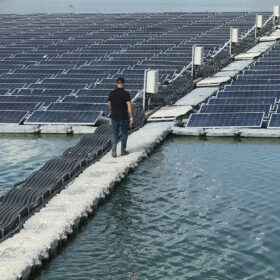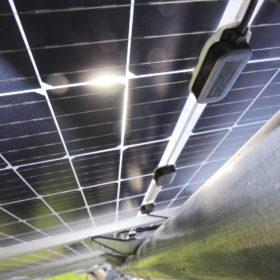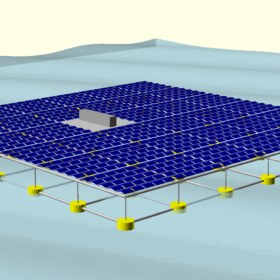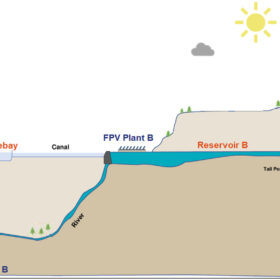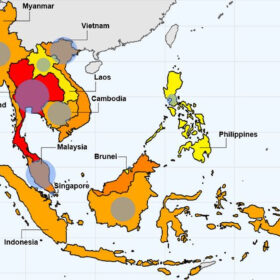Chemitek offers new cleaning products for floating PV
Chemitek has developed new cleaning products for floating PV arrays. The Portuguese company says it has tested and confirmed them to be safe for animals and vegetation around such systems.
New modular design for offshore floating photovoltaic platforms
A team of scientists from China and the United States studied ways to optimize floating photovoltaics for offshore use. It found that the robustness of the systems was influenced by the size and number of platforms, as well as the types of connections between platforms.
All floating PV technologies at a glance
An international research team has produced a comprehensive overview of more than 300 works of published literature on floating PV, spanning 2013 to 2022. The scientists laid out the benefits and challenges of the technology and pointed to gaps that should be filled with future studies.
New research analyzes performance ratios of bifacial PV
A comparison between monofacial and bifacial PV systems in Ghana showed how changes in system parameters can affect the bifacial gains. The researchers found that changing the albedo of a land-based system can increase the bifacial gain from 5.25% to 14.5%.
The effect of height, tilt angle, and temperatures on floating PV performance
A research team studied factors influencing floating PV efficiency and energy production and determined the optimal tilt and height to achieve lower cell temperatures compared with land-based PV.
Topography-induced shading on floating PV
Researchers in Turkey have studied the impacts of topography-induced shading on floating PV at the Ayvalı hydroelectric power plant and have identified differences between the regions with the highest and lowest electricity production potential.
Assessing complementarity of offshore hybrid wind-solar projects in Belgian North Sea
A group of researchers from Belgium performed a complementarity analysis for offshore wind power combined with floating photovoltaics. The team found that complementarity is strong on weekly and monthly timescales, and that it can increase under certain climate change scenarios. Assuming a full permanent transmission loading capability, the researchers calculated that a 3 GW floating solar plant added to the existing wind power in the Belgian North Sea would increase the renewable electricity yield by 47% while occupying only a limited surface area.
Hybrid hydro-PV systems increase producer profits by up to 18-21% in sub-Saharan Africa
A team of researchers from Norway analyzed a case study of a cascade hydropower system hybridized with both floating and ground mounted PV under sub-Saharan African market conditions. It found that hybrid systems can reduce seasonal variability in renewable energy generation and increase annual producer profits under both PPA and spot market schemes.
Southeast Asia has technical potential to deploy over 1 TW of floating PV
A group of researchers from the US National Renewable Energy Laboratory assessed the potential for floating PV (FPV) plants at reservoirs and natural waterbodies in 10 Southeast Asian countries. It found that the overall FPV technical potential for the region ranges from 477 GW to 1,046 GW.
Novel fins increase floating PV productivity, reduce LCOE by over 17%
A group of researchers in Egypt studied the use of partially submerged angle perforating fins (PSAPF) and solid fins (PSASF) to assess their ability to remove excess heat from floating photovoltaics under Mediterranean outdoor environments. The team found that the optimized PSAPF-FPV module achieved an LCOE of $0.068/kWh).
